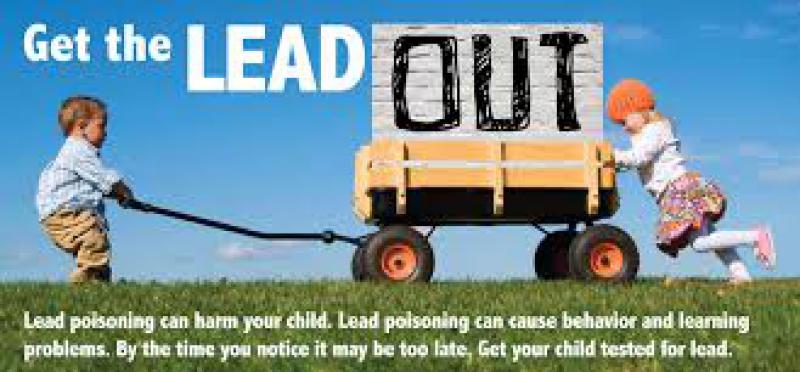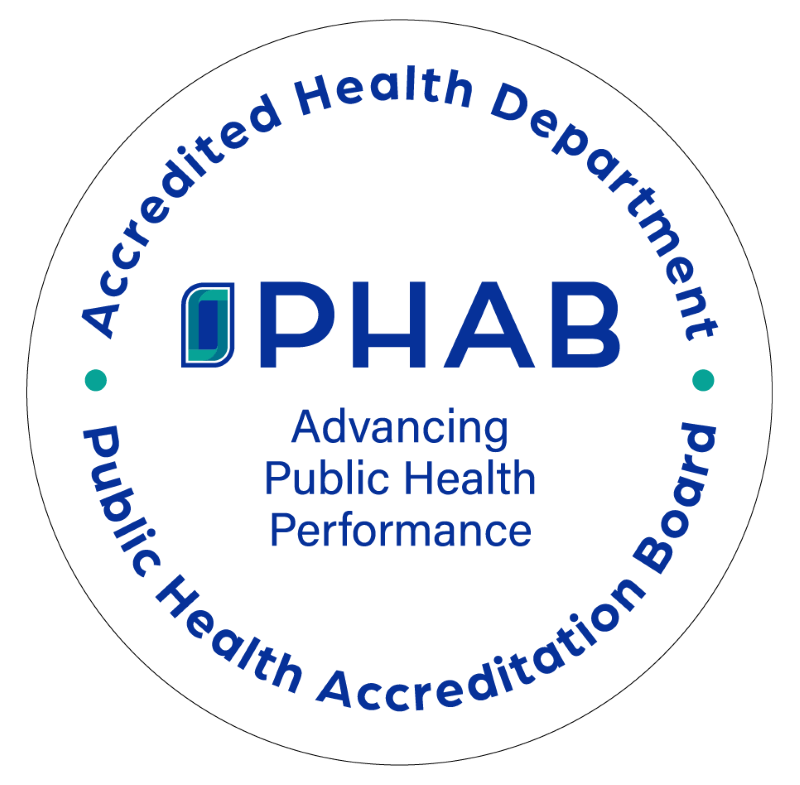Lead Poisoning, Testing and Prevention
Lead is a naturally occurring heavy metal found plentifully in the ground. Because it is so widespread, lead has been used in a variety of products such as paint, ceramics, pipes, gasoline, batteries and cosmetics. Lead causes learning, behavior, and health problems in children and high blood pressure and kidney damage in adults.
How much lead is safe?
There are no safe threshold for lead levels. Studies by the National Toxicology Program (NTP) have found many adverse health effects in both children and adults with even small amounts of lead. Even though lead has been eliminated in most products it still may be in our environment. Homes painted before 1978, soil, especially around major roadways, antique toys, toys manufactured in other countries and ethnic home remedies are a few examples.
Who is at risk?
Children are at the most risk from lead poisoning. Lead has a sweet taste that promotes young children to mouth items such as toys, window frames and eat paint chips that contain lead. Also, natural behavior of mouthing toys and their hands increases the chance that lead dust in their environment will be ingested. The ingested lead is then stored in their bones as they grow.
Adults who work with lead on the job are also at high risk. This can include painters, remodelers, workers in smelters and historic re-enactors. Additionally, gun enthusiasts that spend time in shoot ranges or pack their own ammunition are at risk.
Testing
All children should be tested at age 1 and age 2 for lead and children with high risk behaviors such as pica (eating non-food objects) may need to be tested until they are older. Adults in high risk occupations should also be tested.
Our Services
CCHD offers to test blood lead levels for children without a medical provider. Please call 518-565-4848 for more information.
Case Management: For families of children with an elevated blood lead level, lead case management is available. A nurse and an environmental sanitarian works with a family to determine the source of the lead and the best way to eliminate it. The nurse will also work with the child's doctor on medical and nutrition intervention if needed.
Reviewed 11/20/2023


































